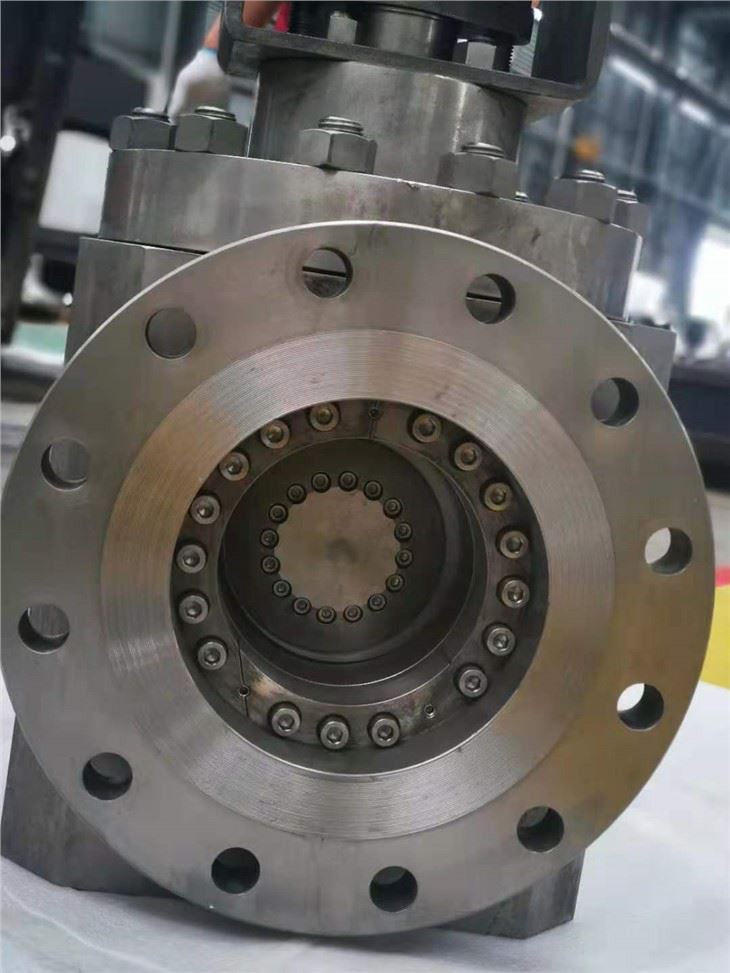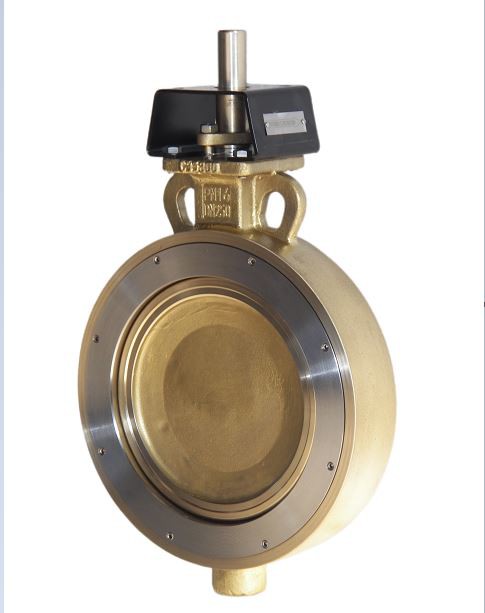Hey there! As a safety valve supplier, I often get asked about the different components of safety valves and their functions. One such component that frequently comes up in discussions is the adjusting ring. So, let's dive right in and talk about what the function of the adjusting ring in a safety valve is.
First off, let me give you a quick rundown of what a safety valve is. A safety valve is a crucial device used in various industries to protect equipment and personnel from over - pressure situations. When the pressure in a system exceeds a pre - set limit, the safety valve opens to release the excess pressure, preventing damage to the system.
Now, the adjusting ring is a key part of this safety mechanism. It's a circular component that can be adjusted to fine - tune the performance of the safety valve. There are two main types of adjusting rings: the upper adjusting ring and the lower adjusting ring, and they each have their own specific functions.
The upper adjusting ring is mainly used to control the blowdown of the safety valve. Blowdown is the difference between the set pressure (the pressure at which the valve starts to open) and the reseating pressure (the pressure at which the valve closes again). By adjusting the position of the upper adjusting ring, we can change the amount of pressure drop required for the valve to close. If the upper adjusting ring is moved downwards, the blowdown is reduced. This means the valve will close at a higher pressure, closer to the set pressure. On the other hand, if the upper adjusting ring is moved upwards, the blowdown increases, and the valve will close at a lower pressure.


The lower adjusting ring, on the other hand, is used to control the lift of the safety valve. Lift refers to the amount by which the valve disc moves off its seat when the valve opens. When the lower adjusting ring is moved downwards, it restricts the flow of the fluid through the valve, reducing the lift. This can be useful in situations where we don't want the valve to open fully, for example, in systems where a small amount of pressure relief is sufficient. Conversely, moving the lower adjusting ring upwards allows more fluid to flow, increasing the lift of the valve.
The ability to adjust these rings gives us a great deal of flexibility in tailoring the performance of the safety valve to the specific needs of a particular application. For instance, in a steam boiler system, we might want a relatively small blowdown so that the valve closes quickly after relieving the excess pressure. This helps to minimize the loss of steam and maintain the efficiency of the system. In such a case, we would adjust the upper adjusting ring accordingly.
In a chemical processing plant, where the fluid being handled is corrosive or toxic, we might want to ensure that the valve has a proper lift to quickly relieve the pressure and prevent any potential leaks. Here, the lower adjusting ring can be adjusted to achieve the desired lift.
As a safety valve supplier, we offer a wide range of safety valves with adjustable rings to meet different industry requirements. Our products are designed with high - quality materials and advanced manufacturing techniques to ensure reliable performance. For example, if you're looking for a specific type of valve, you can check out our Triple Offset Butterfly Valve Series 4210 Catalogue. This series offers excellent sealing performance and can be customized with adjustable rings for precise pressure control.
Another great option is our Metal To Metal Valve. These valves are known for their durability and can withstand high - pressure and high - temperature environments. The adjusting rings on these valves allow for fine - tuning to ensure optimal performance in challenging conditions.
And if you need a high - performance valve for general industrial applications, our High Performance Butterfly Valve Series 5000 is a great choice. It comes with adjustable rings that can be easily adjusted to meet your specific pressure and flow requirements.
When it comes to installing and adjusting the rings on a safety valve, it's important to follow the manufacturer's instructions carefully. Incorrect adjustment can lead to improper valve operation, which can be dangerous. That's why our team of experts is always ready to provide technical support and guidance. Whether you're a new customer or an existing one, we can help you select the right valve and ensure that it's installed and adjusted correctly.
If you're in the market for a safety valve and want to learn more about how the adjusting rings can benefit your application, or if you have any questions about our products, don't hesitate to get in touch. We're here to help you find the best safety valve solution for your needs. Contact us today to start the procurement process and discuss your requirements in detail.
In conclusion, the adjusting ring in a safety valve is a vital component that allows for precise control of the valve's performance. By adjusting the upper and lower rings, we can fine - tune the blowdown and lift of the valve, respectively, to meet the specific needs of different applications. As a safety valve supplier, we're committed to providing high - quality products and excellent customer service. So, if you're looking for a reliable safety valve with adjustable rings, look no further.
References
- "Handbook of Safety Valve Technology"
- "Pressure Relief Valve Engineering"